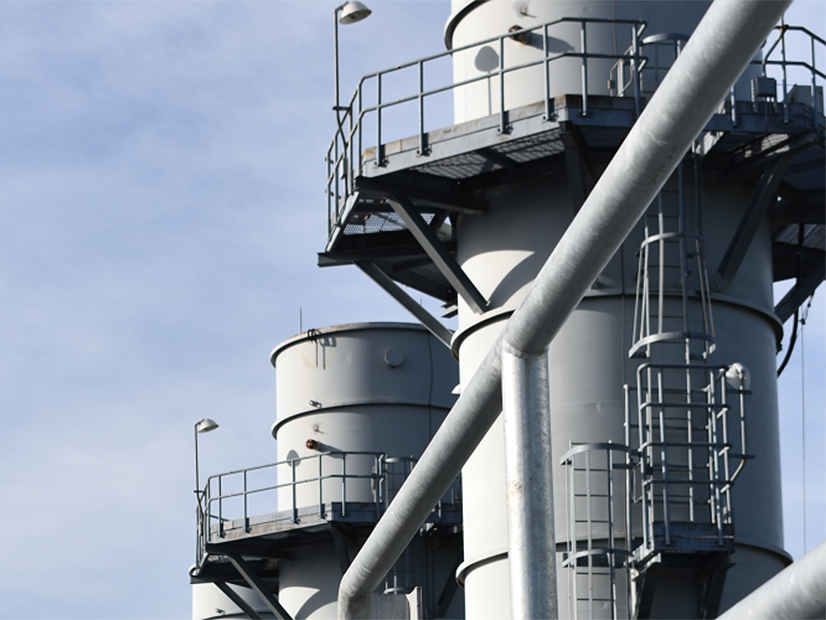
By Paul Segal and Reid Capalino, LS Power
 LS Power CEO Paul Segal | LS Power
LS Power CEO Paul Segal | LS Power
As the U.S. and other countries seek urgently to reduce greenhouse gas emissions amid a backdrop of global energy market volatility, we are confronted with a fork in the road: the “chaotic” path for decarbonization, which at times appears to be the market’s current trajectory, versus the “coherent” path — the path we strive to follow.
What, though, will make the energy transition chaotic versus coherent, and why does it matter? The chaotic path is characterized by opposing extremes that reflect the current polarization around energy discourse — those ignoring the imperative to decarbonize, and those seeking a fossil-free end-state on an unrealistic timeline in terms of cost and risks to system reliability.
The coherent path involves embracing both rapid deployment of low-carbon energy resources and maintenance of sufficient fossil-fuel infrastructure to ensure continued energy security, affordability and reliability as our economy transitions toward net-zero GHG emissions.
 Reid Capalino, SVP business development for LS Power | LS Power
Reid Capalino, SVP business development for LS Power | LS Power
According to the International Energy Agency’s (IEA) modeling, a long-term net-zero trajectory will see U.S. fossil-fuel consumption decline by more than half in the next 20 years, caused by enhanced energy efficiency and increased focus on renewables such as wind and solar. Yet in this scenario, fossil-fuels in 2040 will still serve nearly 40% of total energy demand, including oil for transportation and natural gas for power plants, industrial facilities and buildings. The expected decline in conventional gas-fired power generation is even more dramatic: an 89% reduction from 2020 levels.
As one of the largest owners of gas-fired assets in the U.S. focused on a sustainable energy transition, we fully appreciate and understand the long-term need to reduce unabated gas-fired generation to meet our climate goals. Simply emphasizing an end-state of 2040, however, glosses over several complexities in this transition, as reflected in the IEA’s modeling of a low-carbon future:
- Much of the gas-fired generation decline would occur after 2030.
- This decline would occur, in part, by aggressive deployments of emissions-reducing technologies, such as battery storage and those capturing and sequestering CO2 emissions from power and industrial facilities, which will require new policies to overcome economic and technical obstacles.
- Throughout this transition, standby gas-fired generation will remain necessary to ensure energy reliability during peak weather events (e.g., extremely cold or hot temperatures) when renewable energy sources alone may be insufficient to balance supply and demand. Even as gas-fired generation shifts from providing energy (megawatt-hours) to providing capacity (megawatts), hundreds of power plants with some nexus to the natural gas system will likely need to remain in operation.
Unfortunately, states such as Illinois are mandating the retirement of gas-fired generators without adequately planning to replace the flexible capacity that such generators provide or analyzing the net impact that these retirements will have on GHG emissions.
Shortsighted retirement mandates will lead to a chaotic energy transition, thereby eroding the political support needed for the transition to progress. We should instead consider how maintained and repurposed fossil-fuel infrastructure can preserve reliability as we rapidly increase use of renewable energy — understanding that maintenance/repurposing of existing infrastructure and development of new low-carbon energy sources both require significant investments now.
So, what can we do to support a more coherent path for decarbonization?
- Support long-term federal tax credits and state-level incentives for low-carbon energy sources, and advocate for policies that value the flexibility of gas-fired generators.
- Advocate for tighter environmental standards to reduce fugitive methane emissions through the natural gas value chain, and support judicious investment in natural gas infrastructure, such as pipelines and associated compression/storage facilities to deliver gas when needed, liquefied natural gas terminals to help balance domestic gas markets, and upstream natural gas production to ensure a continued robust domestic supply.
- Support efforts to deploy new zero-carbon technologies and repurpose existing fossil-fuel infrastructure, such as retrofitting carbon capture onto existing power plants and industrial facilities.
We urge everyone to understand where our energy system currently stands, where we want to be and what we need to do to get there. This process will require greater collaboration among companies, policymakers, activists and other stakeholders.
More coherence, not more chaos, is what we need to power our homes and businesses today while protecting the planet and strengthening the resilience of our energy system for tomorrow.
Paul Segal, who has been CEO of LS Power since 2011, is also a member of LS Power’s Management Committee, overseeing one of the largest independent power and transmission developers in the U.S.
Reid Capalino is senior vice president of business development at LS Power, leading the firm’s business development efforts with a focus on growing existing business lines and launching new ones.

